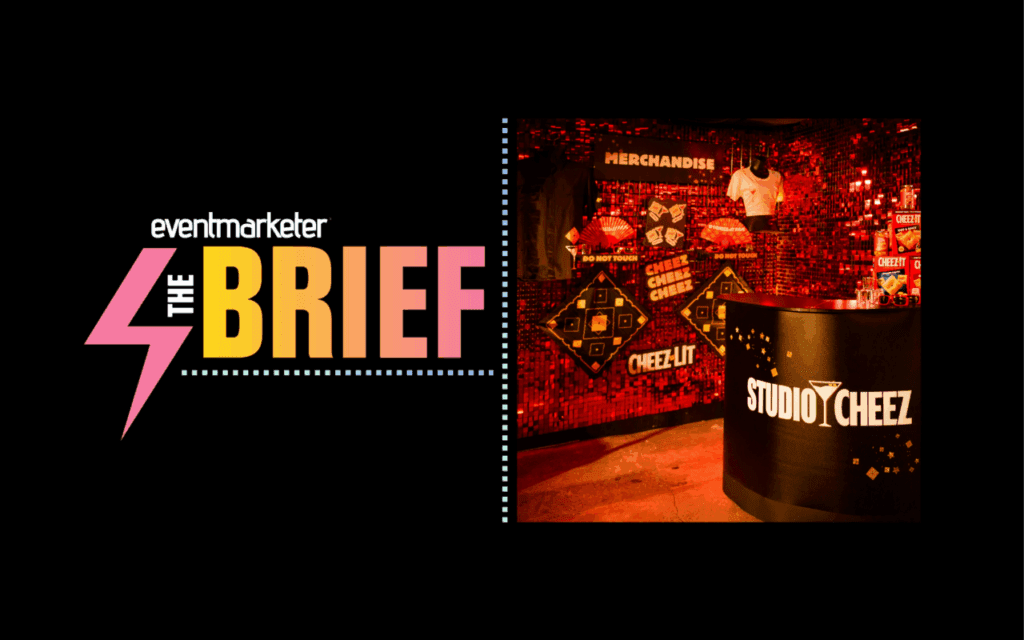Search engine marketing (SEM) has grown into an industry poised to earn a projected $10 billion in 2006 because it does a particularly good job of delivering the right ads to the right viewers. And it can do that because it has a search term to use as a targeting tool; if you’re searching for the term “SUV” on Google, chances are good you’ll be interested in an ad for a Toyota 4Runner.
But research has determined that only 5% of the average person’s Internet activity involves search. To monetize that other 95% of Web activity, other ways to target ads have arisen. And as SEM becomes more competitive, those alternatives are getting a closer look from both advertisers and the search ad networks themselves. Behavioral advertising monitors a user’s travels around the Web to figure out where his or her interests lie, then serves up ads relating to those presumed interests. Your past Web views are the targeting device that determines what ads you see in the future.
Then there’s contextual advertising, which makes informed assumptions about your interests using the Web content that you are currently viewing. Contextual ads have been around since the first online ad agency decided to place the first banner ads for online casinos on a mortgage loan site. But they’ve earned a lot more credibility in the years since Google and Yahoo validated the pay-per-click business model. Bowing to the drive for return on investment, most contextual ad networks today offer the same performance-based products that SEM does.
“Where search is explicit, contextual is implicit,” says Jay Sears, vice president of business development for ContextWeb, a five-year-old contextual ad company that offers both graphical and text contextual ads, in either pay-per-click or cost-per-thousand flavors. “It’s about inferring interest. If I can tell that you’re looking at a finance Web site and reading a story on refinancing a mortgage, and I can see through my technology that the article contains the keyword ‘interest-only loans’, then I can serve up an advertiser who wants to show an ad on content just like that.”
In the last year and a half, many have also made big strides in context targeting that allow them to at least lay claim to an ability to look deeper into Web content and figure out exactly who its readers probably are. This is an important step: Contextual marketing took a long time to recover from a famous gaffe in 2003, when a Google AdSense ad for a luggage manufacturer ran alongside a story in the New York Post about a murderer who stuffed his victim in a suitcase. That’s the kind of experience that can have advertisers staying away in droves. (Google has since added some contextual controls for advertisers in its AdSense product, although many observers say those are still not rigorous enough.)
The platform for the ContextWeb ad network is a good example of next-gen contextual targeting. The ContextAd platform is patented technology that powers the company’s ads through its network. According to Sears, that technology offers a number of key advantages. One is content indexing in real time: ContextWeb can index a story on a Web publishing site within 20 milliseconds of its loading. That becomes important when placing ads on large news sites with fast-changing content. An average online news story gets 50% of its viewer traffic during the first two it’s up, Sear says. But if a contextual network only spiders the site every two hours, half those readers might see an irrelevant or inappropriate ad. ContextWeb’s platform lets Web publishers “push” page URLs to the agency when their content changes, to make sure the company has a real view of those pages. And 40% to 50% of those URLs are pages ContextWeb hasn’t seen before. “That’s how fast content can change,” Sears says.
Within those 20 milliseconds of evaluation, the ContextAd platform is working to classify the page into a tree of about 500 categories and pulling out 20 to 40 keywords on that page. The result is that ContextWeb can quickly determine that a page is about travel, subcategory France, and contains the keywords “Paris” and “Eiffel Tower”. (Categorization ensures that if the article mentions “Paris Hilton”, ContextAd will know it refers to the hotel, not the hottie.)
ContextWeb can then look through its inventory of either graphic or textual ads and find out which advertisers have either placed bids on the category/ subcategory or on that combination of category and keywords. One important difference from SEM is that to succeed, contextual networks need to make money both for their advertisers and for their Web publishers. So ContextWeb must “optimize” its ad placements at the publisher level by considering how well those ads have performed on similar pages in the past.
Companies like ContextWeb—or its competitors Kanoodle, Quigo, IndustryBrains, or indeed Google and Yahoo, too–buy ad space on Web spaces either on the spot market, purchasing space that publishers can’t sell on their own, or through long-term partnerships. ContextWeb recently announced two such deals for space with business-content aggregator HighBeam Research and with Meredith Publishing, which operates sites for Better Homes & Gardens, Ladies’ Home Journal and American Baby, among others.
Web publishers often work with more than one ad network, to get the benefit of different types of targeting technology. From advertisers’ point of view, they want to know that a contextual network will be able to give them broad reach across the Internet while still offering a relationship with the top sites. He won’t say how many publishers ContextWeb buys space from, but he adds that the company deals with 50 of the 200 most trafficked sites and is working to offer the ability to place ads in blogs and RSS feeds.
ContextWeb is a pure play in the contextual ad industry, but other contextual companies such as Quigo also do SEM. While contextual advertising may be an add-on for some marketers—something to do to get more prospects after you’ve done your search marketing homework—Sears says that for some advertisers, it can take on the significance of a primary tactic.
“You’re reaching people earlier in the buying process,” Sears says. “So if brand awareness is as important to you as direct response, contextual is an effective tool for you.”
All the smaller contextual networks have to compete with Google and Yahoo!, both of which offer some level of contextual advertising. But staring down the big guys on contextual business may not turn out to be the same overwhelming obstacle that rival search engines face. The major search powers misplayed their hand in contextual ads early on by equating search ads and contextual ads in both effectiveness and price. In fact, in the beginning, search marketers on Google also bought keywords on its contextual network of Web pages—unless they opted out.
That ignored the difference between the SEM and contextual ad models. “But we don’t believe there’s equal value at all,” says Peter Hershberg, a managing partner with online marketing firm Reprise Media. “There’s a big difference between a searcher who is proactively seeking information about a DVD player and a surfer who is just cruising around the Web and reads an article about DVD players. He may or may not be interested in ads for players, and that ad should not cost as much.” Contextual ads as a rule do not produce clickthrough rates comparable to those for ads on search results pages. For that reason, Reprise chose to avoid both Google and Yahoo! for its contextual campaigns at the time.
In April 2004, Google attempted to adjust for this discrepancy by launching “smart pricing”, a model that calculated the cost of its contextual ads depending on the site and page on which the ads appeared. But that system still didn’t give marketers a clear view of what they were paying. Recently, Google has made further tweaks to separate contextual and search products, and those changes have made it a more attractive vehicle for content-related ads, according to Hershberg.
Agencies such as Reprise have found a way to work with Google and Yahoo! on contextual ads, but many also favor second-tier engines like ContextWeb or Quigo for such campaigns. “We really like the so-called alternative engines for contextual and spend a disproportionate amount of our dollars with them,” Hershberg says. Reprise tends to go broad with its campaigns, creating large lists of keywords and buying contextual or behavioral ads in addition to search marketing—especially in cases where those alternate channels will increase reach or bring down the cost per acquisition of the campaign as a whole.
 Network
Network

